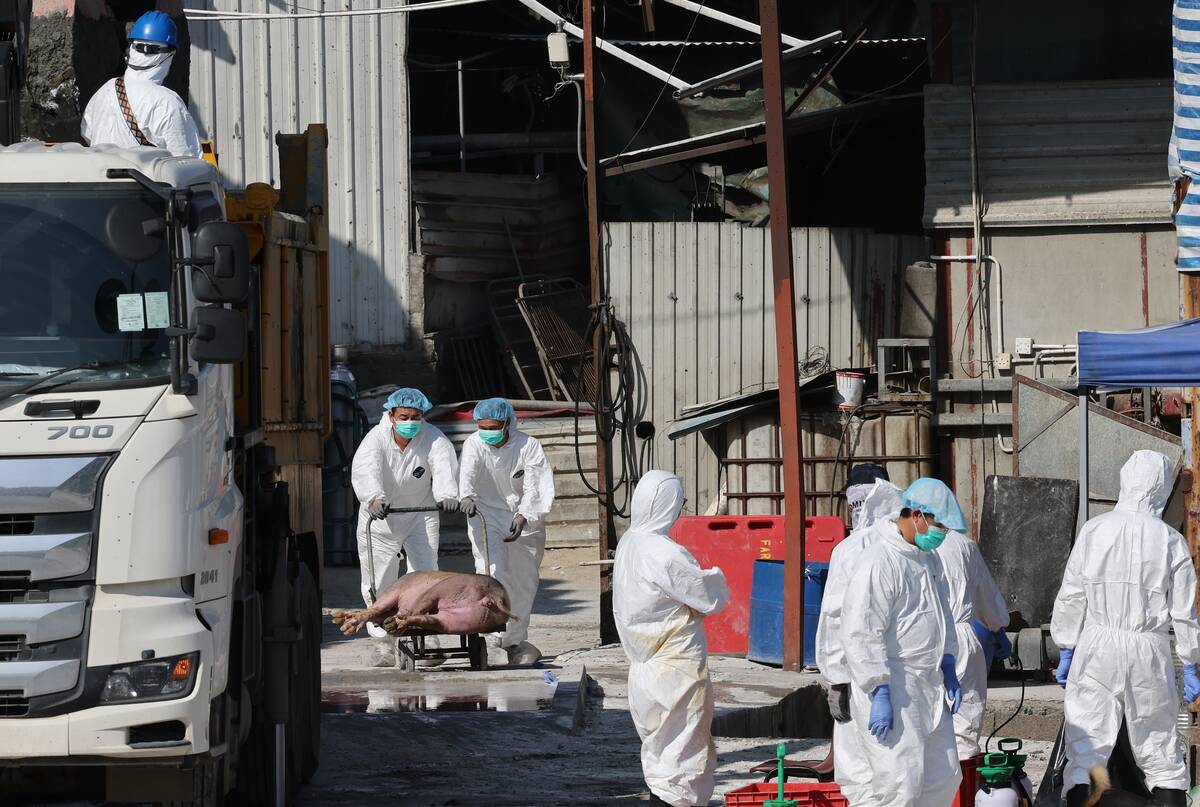CALGARY – A sense that farming on Indian reserves isn’t taken seriously has prompted some natives to consider forming their own agricultural association recently.
“Somehow the business of Indian agriculture has been more or less pushed aside by Indian Affairs. As far as I’m concerned they don’t recognize farmers and ranchers as legitimate entrepreneurs,” Clement Doore told a recent meeting of native farmers and ranchers considering the possibility of a First Nations Agricultural Association.
Doore, a farmer of the Siksika nation near Gleichen, is president of the Indian Agribusiness Development Corporation, a subsidiary of Alberta Indian Agriculture.
Read Also

Mixed results on new African swine fever vaccine
The new African swine fever vaccine still has issues, but also gave researchers insight into how virus strain impacts protection against the deadly pig disease.
He estimates 400 to 600 natives are involved in agriculture in the 42 provincial reserves. Most have cow-calf operations or horse ranches.
On his reserve there are 96,000 acres of community pasture and 42,000 cultivated acres. About 36 natives are farming 26,000 acres. Another 38 have horses. The remainding land is rented out.
With support from an Indian agricultural association, people could learn to manage grass and and try ranching to avoid overgrazing, Doore suggested.
A new organization would compete for the government’s ear with almost 40 other provincial farm organizations. A first nations association would focus attention to the concerns of farming on reserves, he said.
Difficult to access
Because of some legal and jurisdiction obstacles, Indians find it difficult to access some farm programs including training and loans. On some reserves there is no individual ownership of land which can create problems, he said.
“I feel we’re in a unique situation where some consideration should be made to establish and implement special programs that will serve us.” In the past the agriculture development corporation helped provide training and extension services to native farmers. In its six-year life it loaned $6.4 million to 300 clients. Most of the money went to cow-calf operations.















